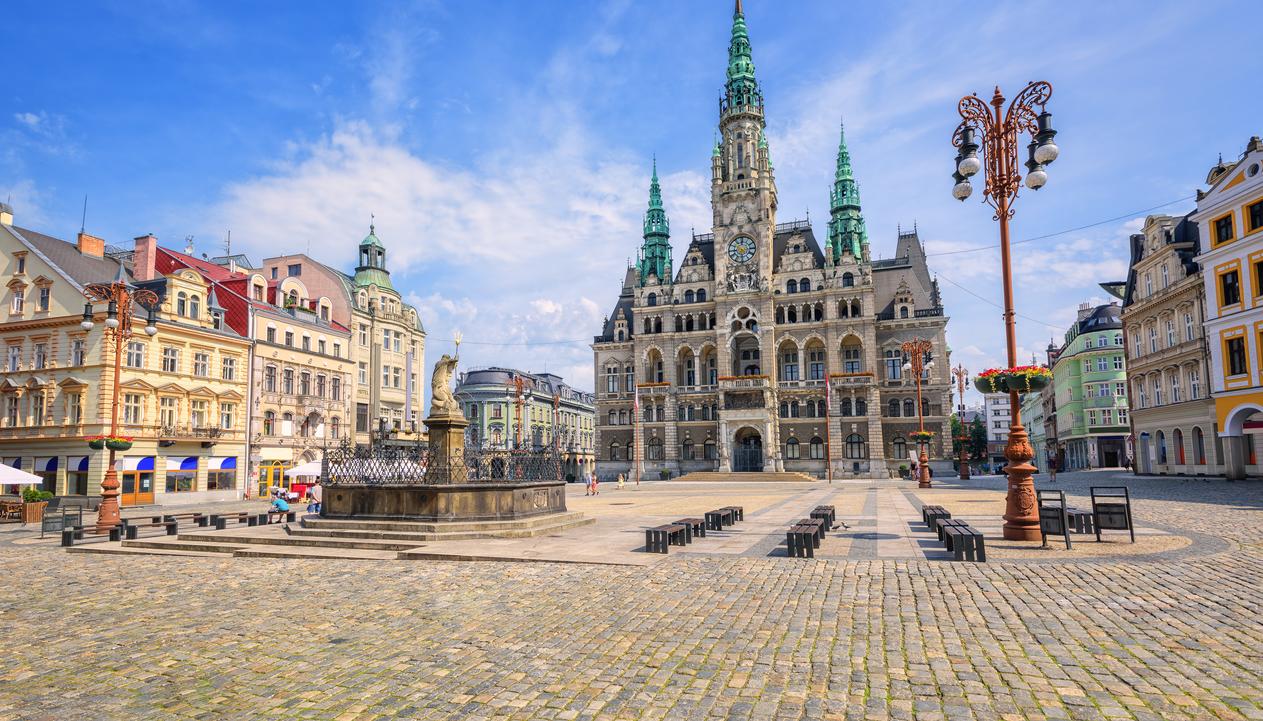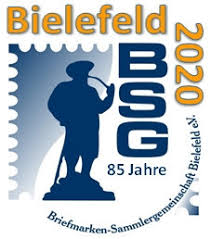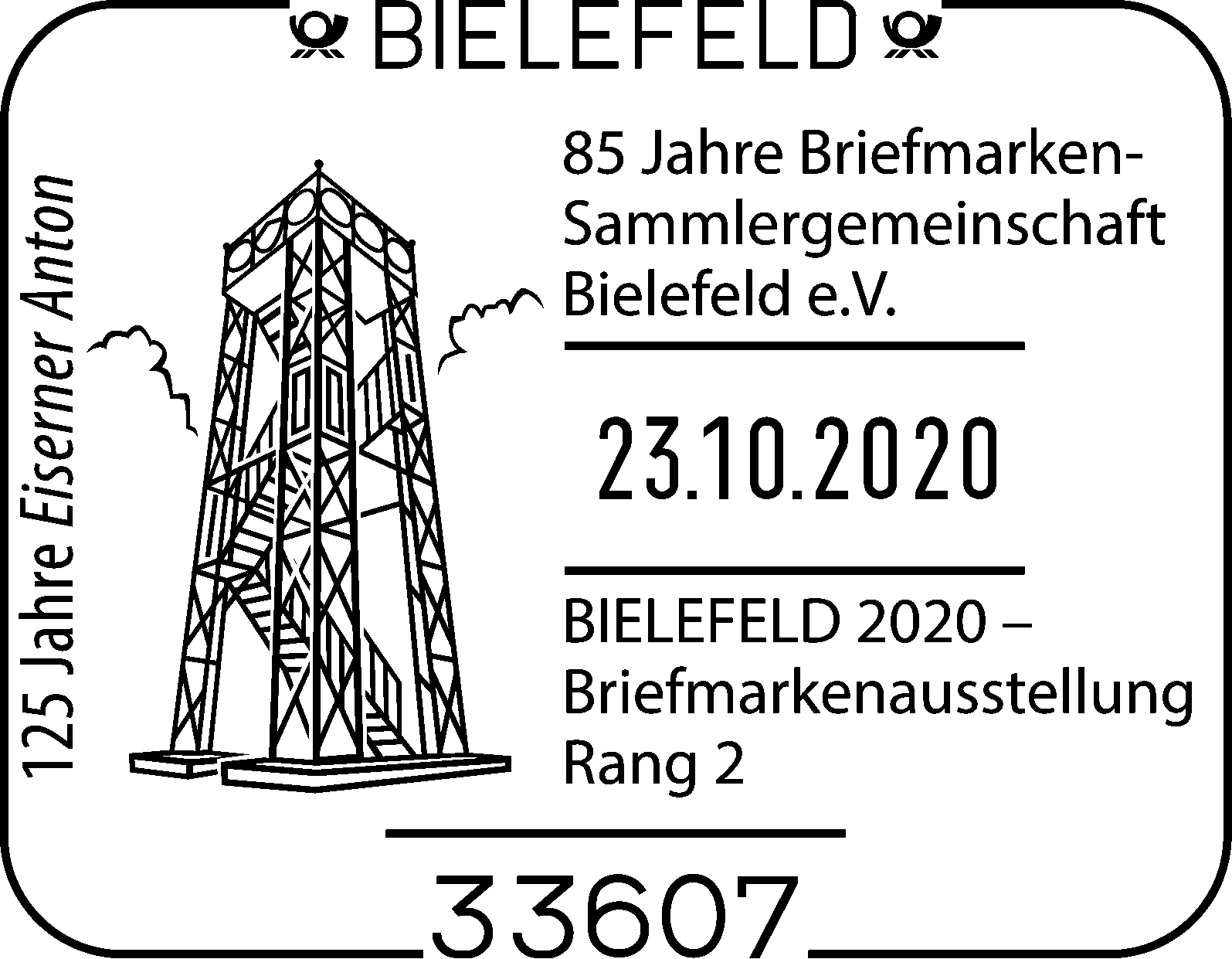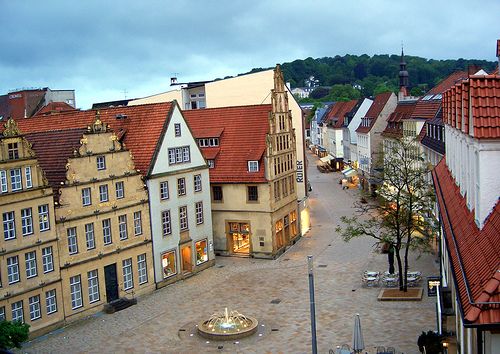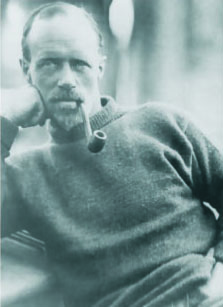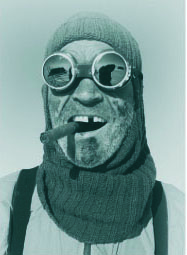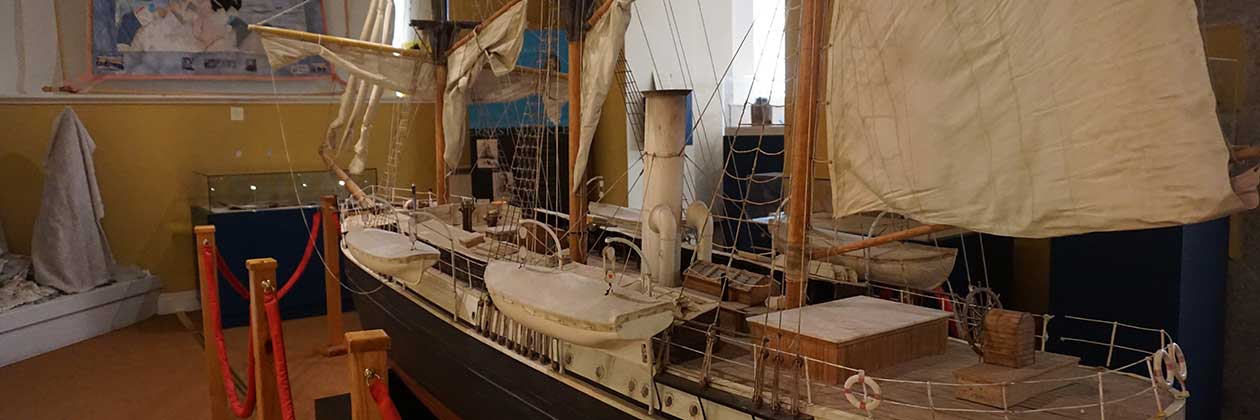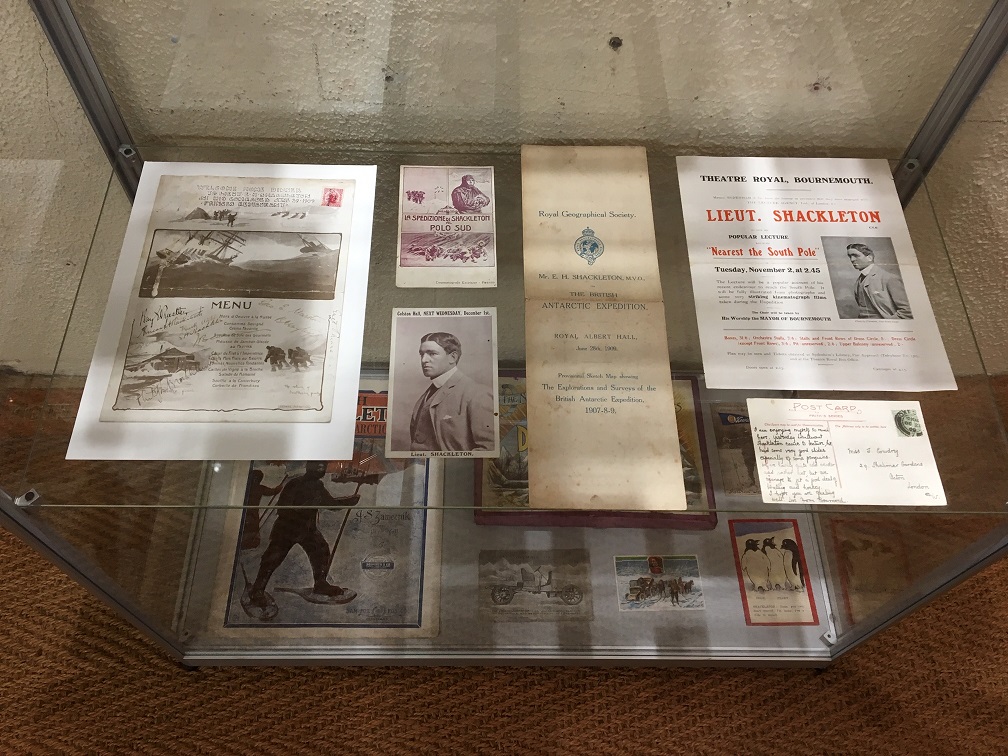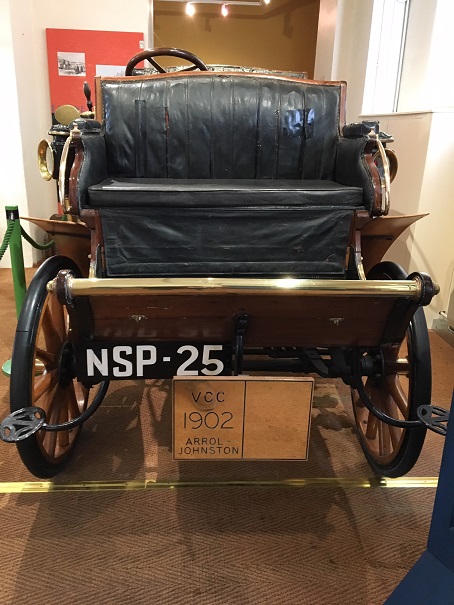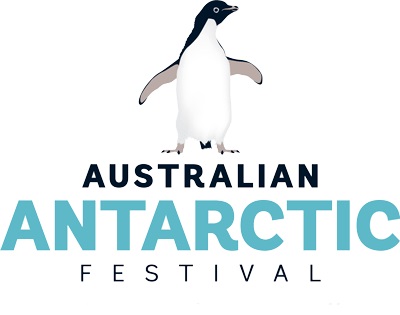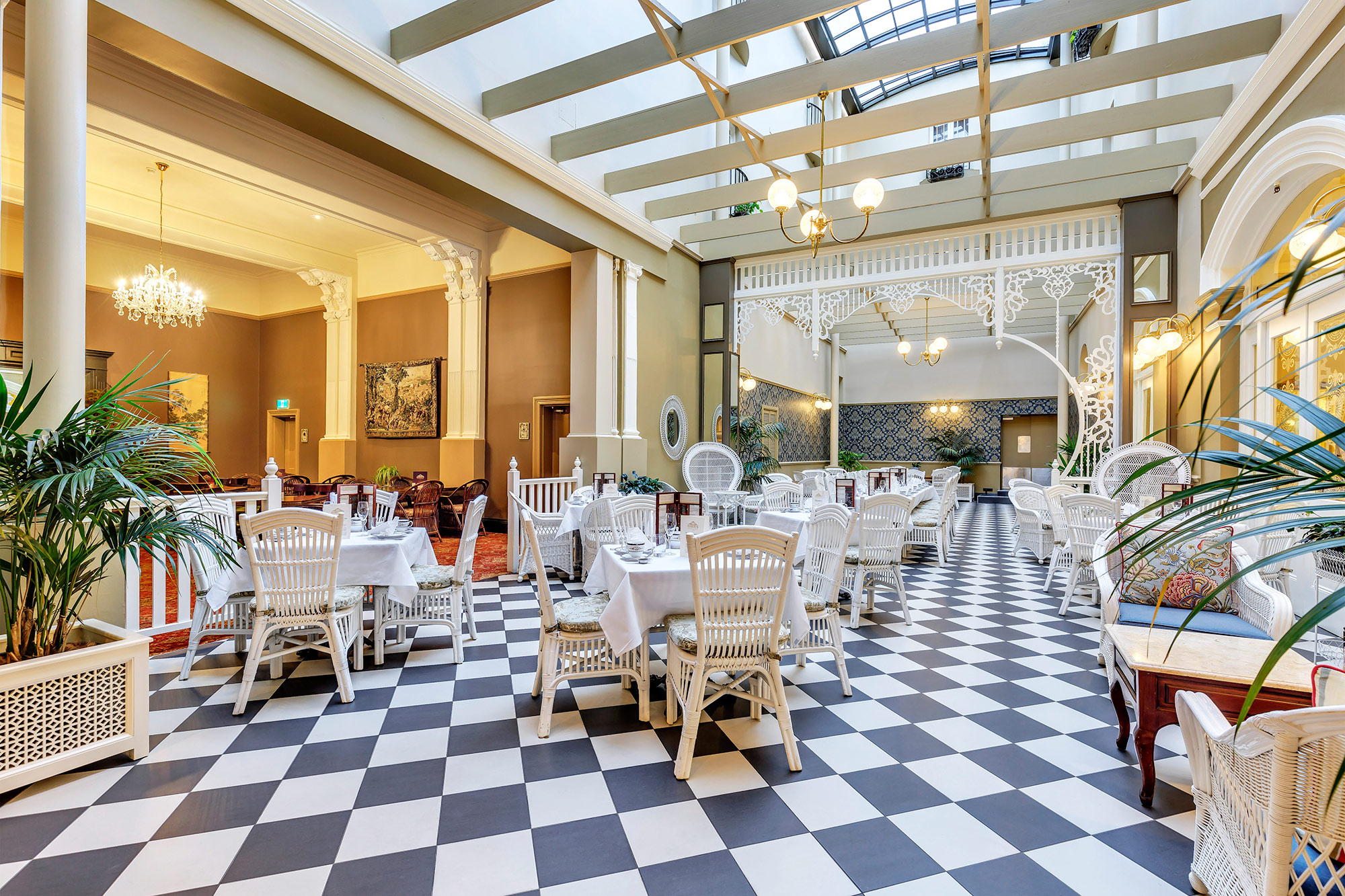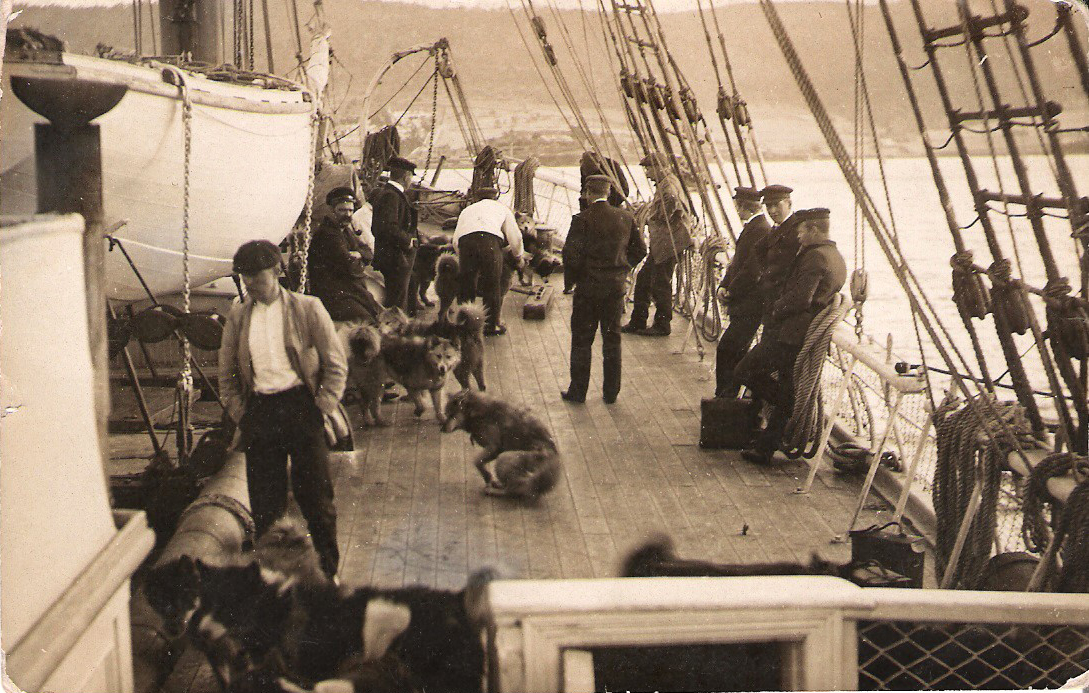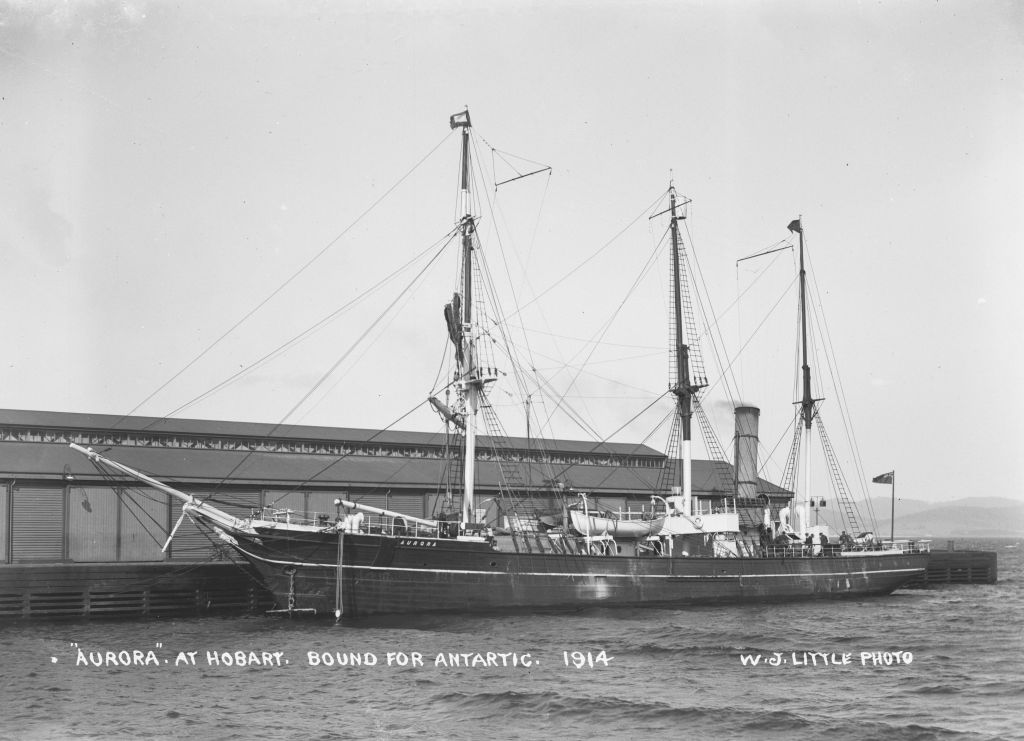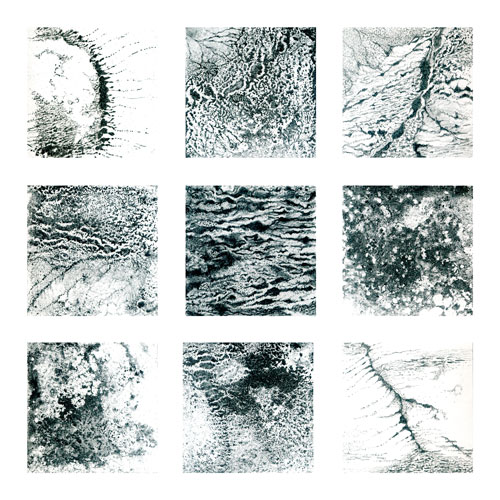Other Polar Events
6th International Polar Philatelic Exhibition Liberec - October 2022 11th March 2022
The Polar Salon is an international “worldwide” polar philatelic exhibition that takes place in various parts of the world every three years, mostly as part of national or international exhibitions. Organizing Committee of European Stamp Exhibition LIBEREC 2022, z.s. together with the clubs of polar collectors decided to organize the 6th International Polar Salon in Liberec in 2022.
The closing date for entries for the Polar Salon is the end of March.
Information for Polar Salon Exhibitors can be found here
Application Forms can be found here
What is a polar salon and what can visitors expect at an exhibition of polar philately?
Polar philately consists of philatelic material with a polar (Arctic and Antarctic) character. It is an organized international philatelic activity since the mid-1950s. At the exhibition it is possible to see materials from this area, which is interesting not only for those who deal with it, but also for those who want to learn more about polar history. Both parts, the North and South Poles and their surroundings, may seem at first glance unattractive to those who do not know their history. But the opposite is true. Polar philately includes expeditions of all kinds, parts of aerophilately and military postal history, thematics, ie polar oriented subjects or geographics, ie subjects from traditional polar places. Visitors will see exhibits from these five main categories in a wide range from the earliest postal documents to interesting current presentations of polar topics. It will simply be a unique opportunity to see extraordinary polar materials at one place.
What is the connection between the “Polar Salon” exhibition and the countries where the exhibition is held?
International polar philatelic exhibitions are held regularly in various countries, usually in countries with a strong polar expeditionary history and a tradition of polar and collecting activities, such as France, Germany, Monaco and Denmark.
But we also have important collectors of polar philately. In addition, the Czech Republic has been making considerable efforts in the field of polar research for decades through the scientific activities of the Czech Antarctic Research Infrastructure, which also includes its own polar stations – on the coast of James Ross Island there is Johann Gregor Mendel station, on Nelson Island there is planned the construction of a new research station CZ * ECO Nelson on the place of original station. They are part of the Center for Polar Ecology.
What are the highlights of the upcoming exhibition?
The Polar Salon will present polar philatelic exhibits of extraordinary significance comparable to the most interesting items that occur in general philately. Unique materials will be exhibited here, such as the first letters from the Antarctic region, where scientific research was part of the expeditions of seal hunters and research expeditions from the early 19th century, such as the Ross Antarctic Expedition. You will also see rare documents from the Belgian Antarctic Expedition and its first planned wintering in Antarctica (late 19th century). You will find complete materials documenting the first French, German, British, Swedish and Scottish Antarctic expeditions (early 20th century). The oldest known philatelic material from Greenland (18th century) or material showing the oldest transit of the Northwest Passage (in the middle of the 19th century) will also be interesting. However, there will also be interesting exhibits with more modern material.
Why is polar philately so fascinating and what attracts people to it?
That is a good question. One category of this material is described as “archival”. These are items full of history that you could expect in museums and archives as an important historical artifact. The fascination with this material gives it appeal beyond what can be found in their basic postal nature. But even modern polar philatelic material has an added touch of adventure and the secrets of the polar regions. Perhaps the very demanding environment of the polar regions evokes a feeling of physical and emotional danger in someone. More than 100 years ago, Robert E. Peary, an explorer and first at the North Pole, replied to the question of why he was continuing his research in the Arctic, that he had signed a contract with the “Arctic Fever.” The polar philatelic material is also interesting because almost no items have been cataloged and therefore a large amount of information is difficult to access for the general public. In addition to the existing unique types of materials, new discoveries are made every year (especially the postal history from the early polar expeditions). In some cases, some polar expeditions would be completely unknown today without this philatelic material. Just as it is difficult to live in the polar regions, so it is difficult to find most of the historical philatelic material. And this may make polar philately so attractive to all.
What special will the polar salon represent?
There will be polar exhibits not only from all over Europe, including the Czech Republic, but also from the USA, Australia and other countries of the world to demonstrate the splendor and appeal of polar philately.
There will be mostly exhibits from the so-called heroic age of both polar regions, which was the era that began at the end of the 19th century and ended after the First World War. The Shackleton-Rowett expedition in 1921-22 is often given by historians as the dividing line between the heroic age and mechanical age.
Each of these expeditions became a test of perseverance, testing and sometimes exceeding the physical and mental limits of its members. In the 1930s, expedition equipment began to change, not only in terms of equipment and facilities, but also technical and technological equipment, which was to facilitate exploration of Antarctica in the future.
More information can be found on the Liberec 2022 website:
Antarctic Festival Stamp and Postcard Exhibition - August 2022 18th May 2021
The Antarctic Stamp Exhibition is a non-competitive exhibition of Antarctic stamps, postcards, postal history and other collectibles.
The exhibition will be held as part of the Hobart Antarctic Festival 24 – 28 August 2022 at the Princes Wharf No 1 venue on the Hobart docks. Admission is free.
A special Exhibition Dinner will be held at Hadleys Hotel which has historic links to early Antarctic expeditions. The Dinner will feature a menu as presented to antarctic expeditioners over 100 years ago. For more details please see the Dinner page on the event website.
If you have a collection of Antarctic stamps, postal history, postcards
or other collectibles please consider entering an exhibit.. A special
Silver medal will be presented to all exhibitors. See the Exhibitor’s page for details.
5th International Polar Salon Bielefeld 2020–Rein-Ruhr-Posta Rank 2 Stamp Exhibition -
15th March 2020
We regret to announce that the Polar Salon at Bielefeld is cancelled due to the cancellation of the philatelic exhibition that was scheduled to take place at the same time. Further news on a future Polar Salon in 2021 or 2022 will be announced when more information is available.
200 Years of Polar Exploration Exhibition Spink London November 19th to 24th 2019
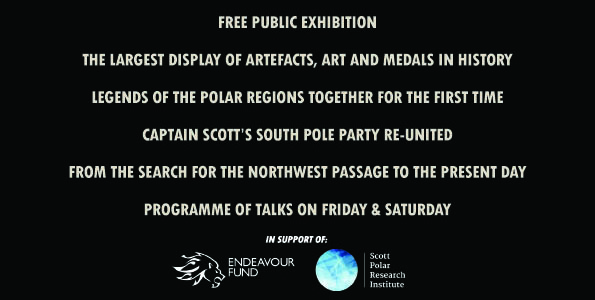
Highlights include;
- Re-uniting the South Pole Party for the first time in history – including the personal ice axe and compass of Captain Oates
- The awards and artefacts of Henry Worsley
- A Polar sledge which saw action during Scott’s Final Expedition
- The only Penguin Egg in private hands returned from the epic Winter Journey
- The Medals of Ernest Shackleton
This is a unique non-selling exhibition for Spink, an auction house with centuries of expertise in medals, stamps, coins, banknotes, and other collecting fields. “We are immersed in history and research on a daily basis as we prepare for auctions and help our clients,” said Head of Medals Marcus Budgen. “Here we decided to put commercial interests aside for a brief period and take advantage of this unique opportunity to create a landmark exhibition with the help of collectors and the Scott Polar Research Institute to celebrate these extraordinary pioneers. It has been a true honour.”
The exhibition, which charts the history, experiences, sacrifices and brotherhood of these seminal polar expeditions – from the search for the Northwest Passage during the 19th century to Shackleton’s death in 1922 – brings to life the characters, their thoughts and feelings. It is being staged to benefit The Endeavour Fund – a charity championed by Henry Worsley and his family – which supports the ambitions of wounded, injured and sick service personnel and veterans wishing to use sport and adventurous challenge as part of their recovery and onward rehabilitation.
The Athy Heritage Centre-Museum has the only permanent exhibition anywhere devoted to Shackleton. Highlights include an original sledge and harness from his Antarctic expeditions, a 15-foot model of Shackleton’s ship Endurance, an exhibition of unique Shackleton family photographs and an audio visual display featuring Frank Hurley’s original film footage of the Endurance expedition.
The SouthPole-sium is organised as an informal and enjoyable opportunity for those interested or involved in the Antarctic subjects to come together, meet one another, trade ideas and pursue common interests. In June 2019, the focus of the meeting was Ernest Shackleton and the event was held at the Shackleton Museum at Athy near Dublin in Ireland.
To find out about this and future SouthPole-ism meetings check out the Antarctic Circle website: http://www.antarctic-circle.org/gathering4.htm
The chairman of the PPHSGB, Trevor Cornford, attended the SouthPole-sium and kindly shared the images below.
2020
Antarctic Festival Stamp and Postcard Exhibition - 30th July until 2nd August 2020
To all collectors of Antarctic related stamps, letters, maps, early postcards and ephemera.
Tony Shields is organising a specialised Antarctic stamp and postcard exhibition in
Hobart in 2020, as part of the Antarctic Festival which is held every two
years. The festival is the biggest event held in Tasmania and will run from
27th July until 2nd August next year, with an anticipated crowd of 30,000
people. Last year the event ran over 4 days with a crowd of 25,000. This is arguably the biggest Antarctic event in the
world and next year for the first time ever there will be a stamp and
collectables exhibition as an official part of it. The venue for the stamp
exhibition is the award winning Brooke Street Floating Wharf, which is in the
absolute centre of the rest of The Antarctic Festival's activities. There
will be 90 frames of non competitive exhibits from around the world, including
Australia Post's Australian Antarctic Territory archives and many
international exhibits. The Australian Philatelic Federation and Australia Post
are both participating and have approved it. Australia Post are sending out a
brochure to all their Tasmanian mailing list. There are at least two major world
conferences being held in Hobart at the same time by Antarctic bodies SCAR (The
Scientific Committee on Antarctic Research), and COMNAP (Council of
Managers of National Antarctic Programmes). This will attract scientists
and enthusiasts from around the world with plenty of publicity. The
Antarctic Festival is being supported at the highest level in Tasmania, with
the Government, the Hobart City Council and the Tasmanian Tourist Bureau all
being financial supporters. The Mercury newspaper and other media will give it
phenomenal coverage and you would have the real opportunity to show
your treasures to a large crowd of interested visitors, and maybe start some
new collectors. A specialised auction of
Antarctic collectables is being negotiated as part of the Stamp Exhibition.
A special dinner is being held on Saturday 1st August for 60 people upstairs in Hadley's Oriental Hotel. It isn't 5 star but it drips with Antarctic history, being the hotel where Mawson and his men stayed for their last night before departing on the Australian Antarctic Expedition in 1911, and also being the hotel which Roald Amundsen stayed at upon his return from the South Pole and announcing his attainment thereof. Captain Robert Falcon Scott's sister was married in St David's Cathedral, a mere 10 metres from Hadley's front door. A little further up the Derwent River is the bay where James Clark Ross moored his ships Erubus and Terror in 1840, on his way south to the ice. The polar explorer Sir John Franklin was Governor of Tasmania at the time and lived nearby. He famously disappeared a few years later trying to discover the Northwest Passage, sailing the very same ships that his friend James Clark Ross had used to discover the Ross Ice Shelf.
Tony is the president of the exhibition and planning is well advanced for this event. He is inviting participants to prepare an Antarctic exhibit to be part of it. As the event is still over 15 months away that will give plenty of time to assemble material, research it and write it up for exhibiting. There will be a modest entry fee to cover our display frame costs and every exhibitor will receive an exclusive, collectable, solid silver Antarctic medal, which will not be available anywhere else. The frames fit 16 standard abum sheets, but unike normal exhibitions, you don't have to supply your album pages in multiples of 16, but the organisers would prefer it if you do. If you have just a few pages of special items, they will be happy to see if we can accept them. The public will be asked to vote on their "Best in Show" and a prize will be given for this, but no philatelic judging will take place. If you know someone with an early polar medal Tony would like to exhibit it in a cabinet at the entrance to our exhibition.
The objective is to assemble as interesting and historical a range of material as possible. The organisers already have some antique Antarctic maps, early letters, stamps and picture postcards, and are hoping to get a polar medal. It will be an opportunity for you to display your material to many thousands of people. There is a small fee to exhibit which helps to cover frame transport costs and our Exhibition Catalogue, but don't forget that all exhibitors will receive an exclusive, collectible Antarctic one ounce silver medal which will be available to nobody else, and is certainly worth more than the frame fee! The exhibit will need to be insured by the owners but there is CCTV in the venue and overnight commercial security. It is a very secure location and there will potentially be $2,000,000 worth of stamps and collectables on display at the same venue. Items will need to fit in stamp exhibition frames, be safely housed, and have a descriptive write up. Can potential exhibitors please start thinking about this immediately as exhibitors are being approached now and have limited frames available. In the unlikely event that all the frames are not filled, major Tasmanian collectors will be invited to display parts of their collection. It will be good experience for the Hobart stamp exhibition later in the year, which will be publicised at The Antarctic Festival Stamp and Postcard Exhibition.
Tasmania is a wonderful place to visit in winter and the entire week will be full of Antarctic activities. The Antarctic Festival Stamp and Postcard Exhibition runs from 30th July until 2nd August 2020, which is 2 days less than the Festival. Special accomodation rates have been negotiated at Hadley's Orient Hotel which are in the following link https://apf.org.au/antarctic-festival-exhibition/. The dinner will be a certain sell out so please book your tickets early on the trybooking link listed in this link. You will need to pay by credit card. It will be a special night you will not want to miss. A selection of very limited stamp and coin products are being sold to support the exhibition and help cover the costs. Further details of these will be added to this website in the very near future, along with the Prospectus and entry forms for exhibiting. Here are further details for hotel and dinner bookings https://apf.org.au/antarctic-festival-exhibition/ and other information.
There is a handpicked group of specialist dealers - INCLUDING ONE COMING SPECIALLY FROM NEW YORK who will offer fine stocks of Antarctic, Australian, Tasmanian and selected countries stamps and postal history. Bring any items you want to sell as they will also be buying.
The event is budgeted to break even, but any profit will be distributed between the Mawson's Hut Foundation for ongoing conservation of Mawson's Huts in Antarctica, and seed capital for the next Antarctic stamp exhibition in 2 years time. The organisers really hope to see you and your collection next year in Hobart. A warm welcome awaits you and your friends and family. Please email Tony with any questions. It will be a special week.
2018
The Scott Polar Museum Cambridge - After Hours at the Museum
Enjoy stories of extreme survival from the World's coldest, windiest,
highest and driest places as you enjoy an after hours visit to the Polar
Museum. We'll be getting out a selection of rarely seen objects from
our museum store, you can enjoy dressing up in expedition gear and our
museum team will be on hand to answer your questions about polar
exploration. Read about this and all forthcoming polar events at the SPRI website:
https://www.spri.cam.ac.uk/museum/events/
The Fram Museum Oslo Norway - Fram Facelift
The Fram Museum is constantly seeking better ways to present Norwegian polar history.
After finishing our last big project; restoring Roald Amundsen’s GJØA, the first ship through the Northwest Passage, we have now engaged in giving our main attraction, FRAM, a
facelift. The main idea is to present her ship shape and expedition
ready. This will include several new installations in the hull, life
size models of crewmembers, more authentic cabin presentations, many
upgrades on deck and a big projection show surrounding the ship. The
work is ongoing, and will be finished in May.
Scott Polar Research Institute Cambridge - Shackleton: Life and Leadership
To mark the centenary of Sir Ernest Shackleton's Imperial Trans-Antarctic (Endurance) Expedition, 1914–17, The Polar Museum has unveiled a redesigned and expanded display in its permanent galleries covering Shackleton's life and career.
The re-worked displays explore the life of the young merchant sailor who went on to achieve fame as one of the great Antarctic explorers. He was knighted, received the Polar Medal with three clasps and the Royal Geographical Society's special Gold Medal. Thirteen other nations honoured him with a total of 27 awards. The exhibition examines his leadership in braving the extreme challenges of the Antarctic.
Scott Polar Research Institute Cambridge
-
Artwork by Jane Rushton
Recently Jane Rushton's focus has been on remote Northern areas including the Arctic, where she has undertaken extended field trips, sometimes with scientists. The Arctic environment is emblematic in terms of current concerns with climate change, and it provides the focus of much scientific work that tries to understand the processes at play, and their significance. Her work reflects her interest in drawing on the knowledge and methodologies of science as a means of expanding her approach to material investigations, with the ultimate aim of making visually poetic work that provokes a different type of engagement: of seeing, valuing, knowing and understanding.


